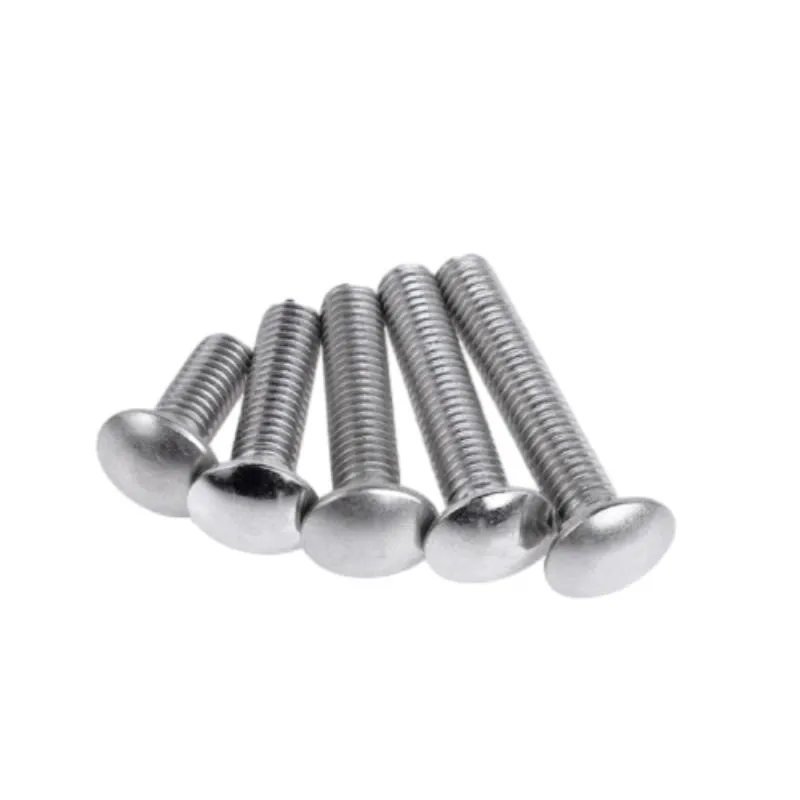Out . 06, 2024 19:40 Back to list
thread rod
Understanding Thread Rods An Essential Component in Construction and Manufacturing
Thread rods, also known as threaded rods or studs, are a vital component in various construction and manufacturing applications. These versatile fasteners come in different materials, lengths, and thread specifications, making them indispensable in both structural and mechanical contexts.
At its core, a thread rod is a long, straight metal rod with continuous threading along its entire length or a portion of it. This design allows for easy connection with nuts, bolts, and other fasteners, making it an effective solution for securing structures, devices, and components. The most common materials used for manufacturing thread rods include carbon steel, stainless steel, and alloy steel. The choice of material often depends on the specific application and environmental conditions—stainless steel may be preferred in corrosive environments, while carbon steel is commonly used for general applications.
One of the primary advantages of thread rods is their flexibility in usage. They can be cut to the required length on-site, allowing for customization based on project needs. Additionally, thread rods can be used in various assemblies, including anchors, brackets, and couplings, providing a robust and reliable fastening solution. They are often utilized in constructions such as bridges, buildings, and industrial equipment, as well as in the automotive and aerospace industries.
thread rod

When selecting a thread rod, it is crucial to consider factors such as diameter, thread pitch, and length. The diameter typically ranges from a few millimeters to several centimeters, while the thread pitch defines the distance between the threads. These specifications impact the load-bearing capacity and stability of the rod in its application. Furthermore, threading standards, such as Unified National Thread (U.N.T.) and Metric Thread, ensure compatibility with various nuts and fixtures.
Installing a thread rod requires careful consideration to maximize its functionality. The rod should be aligned properly to prevent cross-threading, which can weaken the connection. Additionally, the use of appropriate nuts and washers can enhance the reliability of the assembly. In some cases, thread-locking compounds may be applied to prevent loosening over time due to vibration or external forces.
In recent years, technological advancements have led to improved manufacturing processes for thread rods, resulting in enhanced strength and corrosion resistance. Some manufacturers offer galvanized or coated rods to provide additional protection against environmental elements, further extending the lifespan of these components.
In conclusion, thread rods are crucial elements in construction and manufacturing that offer flexibility, ease of use, and reliability. Whether used in heavy-duty applications or delicate assemblies, their role in ensuring structural integrity and mechanical performance cannot be understated. Understanding the various types and specifications is key for engineers and builders seeking optimal solutions for their projects. As industries continue to evolve, the demand for high-quality thread rods will undoubtedly remain strong, making them a critical focus for ongoing innovation and development in fastening technologies.


